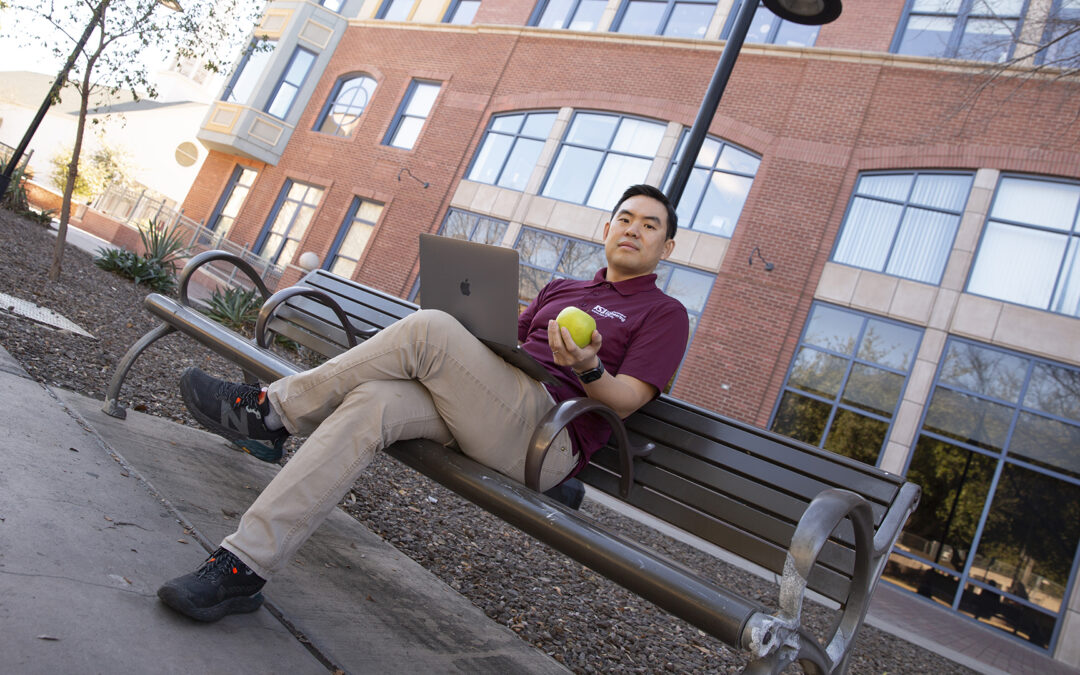It’s the stuff of legends.
In 1665, Sir Isaac Newton sat in his garden at Woolsthorpe Manor in England and looked on as a lone apple dropped from a tree branch, falling straight down. This chance encounter led Newton to begin the work that led to his famous theory of gravity.
While this idea would shape the modern world, it took Newton more than 20 years to publish it in his book, “Philosophiæ Naturalis Principia Mathematica,” and it would be another century before his theories were tested in a laboratory setting.
In the future imagined by Kookjin Lee, Newton will not be a man but rather a network of computers that have watched thousands and thousands of apples fall to the ground and will use artificial intelligence, or AI, to learn from what they observed.
Lee is an assistant professor of computer science and engineering in the School of Computing and Augmented Intelligence, part of the Ira A. Fulton Schools of Engineering at Arizona State University. He received a 2024 National Science Foundation Faculty Early Career Development Program (CAREER) Award to develop algorithms — the set of instructions that computers implement to do their work — that will pioneer an advanced kind of AI called scientific machine learning.
Today, people are becoming more familiar with machine learning. Facial recognition software, like applications that learn to recognize photos of your family members and organize their pictures into digital albums, is a common type of AI.
Lee explains that scientific machine learning is different.
“Machine learning algorithms typically capture a lot of historical information and then use the data patterns to make predictions about the future,” he says. “With scientific machine learning, the software is told about the world’s physical rules. The system should know more about what to expect because it should know what is possible.”
In the digital photo album example, current software might learn to recognize photos of a user’s mother and group them together. But the user could also upload an image of their pet turtle and identify it as “Mom.” The application would find other pictures of the pet and put them in Mom’s photo gallery. A system using scientific machine learning would know that the turtle could not possibly be the user’s mother.
Read the full story on Full Circle.
